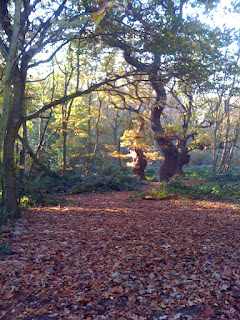Here is Gary Thomas asking some penetrating questions of Max Hattler (directly below) and James Lowne (at the bottom). Max Hattler dosn't look like this.
The fourth panellist was Emma Geliot, who I couldn't quite see. (I bet she's glad!)
The screening was of films conceived for an online exhibition or platform, and to be obtuse straight away, it was a relief to see the films in the cinema. My commitment to animated short film is considerable and attention span OK, but I hadn't been inclined to see them through to the end when I saw them online. I think Max Hattler is on top of all this. His films 1923 aka Heaven (1'49") and 1925 aka Hell (1'36") can be joined half way through and seen on a loop, this is perhaps because his reference points are not filmic, but musical, and the 'digital' is responsible for bringing him to make short films. His films were mesmerising, though aka Hell was a little bit like being swallowed by one of the x-men.
James Lowne is a filmmaker who uses 3D technology to enjoy the act of fabricating personas and menacing situations for them to inhabit. They are roughly hewn, and have tics and imperfections. His inspiration springs from fashion photography and advertising, he also had lots of sensible thoughts to add to the discussion.
The discussion around the 'digital' focused on two issues, which Emma Geliot articulated well. That of digital platforms; the ability for artists to show their work to the millions worldwide on the internet, whether it be for promotion, or like Max Hattler, putting the whole lot online and it not having done any harm to his profile, and then the ability to create work in a cheap and easy way from the bedroom.
All the works screened were created by digital means to a greater or lesser degree for a digital platform, and they were all good films, but I wasn't convinced that the digital tools are being used with proper thought, or to their full potential yet. Maybe it's a quiet revolution, or perhaps the definition of work as 'digital' is creating false expectations.



















































